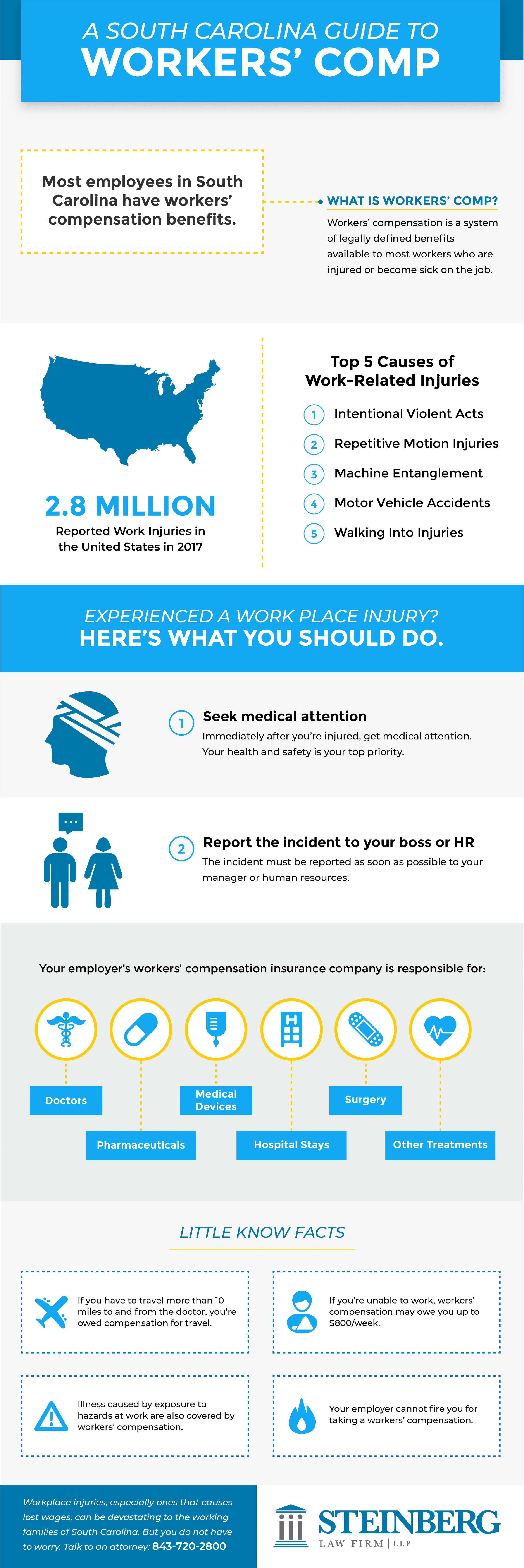Law Firm’s Use of Infographics as a Marketing Tool
BY Virginia Mayo

LISTEN
Getting and keeping the reader's attention is a challenge for law firms. Marketing or law firm services needs to be something that will catch the reader's eye, keep the reader's interest and convey the firm's marketing message.
Some law firms are turning to infographics to appeal to today's readers who want their information fast.
The appeal of infographics
Infographics are visual representations designed to make the information presented easier to understand. They can explain challenging topics, show schematics and illustrate statistics. People can grasp what an infographic is trying to convey quicker than reading. Marketers use infographics to demonstrate how products works. Law firms are beginning to use them to explain legal concepts and to advertise their services.
Types of infographics
Infographics can take on many forms depending on what you want to communicate to an audience. Here are common types of infographics:
-
- Statistical: A law firm may demonstrate the percentage of people injured in car accidents, the causes of trucking accidents or the percentage of distracted drivers on the road. A graph can convey what it would take a string of sentences to explain. Infographics can show increases or decreases in a type of illness or a type of accident.

-
- Informational: A law firm can use infographics in place of text explaining a legal process or steps someone should take after an accident. A graphic of a police car or an ambulance tells the readers what they should know before reading the text.

- Editorial: A law firm can use infographics when explaining complex legal matters, like a new law. The infographic can explain the key points of the law, and the text can supply the needed detail. The reader gets a visual image of what to look for in the text.
Uses of infographics
Some law firms spend money and time improving their search engine report page (SERP) ranking. Getting more organic traffic to the law firm's website is important, but a high SERP ranking is not a guarantee that the online traffic will convert into actual clients. The website needs to keep the user on the website and convince them that the firm is what the user needs.
Infographics can give a law firm's website something extra to set the firm apart from its competitors. Consider these uses of infographics in law firm marketing:
- Branding: A law firm can use infographics to build its brand. Infographics bring attention to the firm's practice areas and to successful verdict settlements. A map can depict the states a national law firm serves. Infographics can also highlight the recent achievements of the firm.
- Educating clients: Users go to law firm websites to obtain information on legal subjects. Infographics help people grasp processes that can sometimes be difficult to understand from reading only text.
- Newsletters and e-books: Infographics make a law firm's newsletter or e-books more readable for clients. Keeping clients engaged through publications is important to keep them and get referrals from existing clients.
- Bios: A law firm can spruce up the bios of the firm's lawyers. Potential clients visit a web page with a lawyer's bio to see if they can trust the lawyer to handle a case. Infographics – an experience timeline, a skills bubble chart or a tree map – help the reader visualize the lawyer's credentials. A lawyer inserts their LinkedIn information, and an online tool, like Vizualize.me, converts the information to infographics.
- Promoting pro bono work: Infographics can help build goodwill for a law firm by promoting its pro bono efforts. A chart can demonstrate the amount of time the lawyers in the firm spend on pro bono efforts and other community activities.
Adding text
Whether a law firm hires someone from its staff to create infographics or hires a designer, the firm needs to provide text to put the graphics and data in context. The text provides the purpose of the infographic, whether it is to make complex information easier to understand or to explain a step-by-step procedure. The law firm should provide short explanations that a reader can comprehend quickly.
Tools to create infographics
A law firm that chooses to create infographics to boost its marketing has two options. The firm can hire a designer. The firm supplies the words and data, and the designer creates the infographic.
The firm may choose to create its own infographics. Someone on the firm's staff can create visual aids. Online tools assist in the development of infographics. Canva is a free tool used by many people. Piktochart, Infogram and easel.ly are other options. Wordle creates clouds from text or web pages. Gyi Tsakalakis created a Pinterest board where you can check out examples of legal infographics.
Advantages of infographics
Infographics permit readers to take in a lot of information in a short amount of time. A law firm can make difficult concepts easier to understand. It replaces legalese with graphics. Internet users will stay on a website if the web page is engaging. Keeping the user on the site is a key to getting the user to take action, for example, to call the firm about his or her case.
Infographics are easy to share. They are popular on social media and can go viral. Infographics on a website can get more clicks than text material. A law firm can embed them on websites and on blogs. Make buttons available so readers can share infographics on social channels.
When creating infographics, a law firm should be aware of the need for search engine optimization (SEO). Include a description to make sure Goggle crawlers will find the web page or blog. Add alt text within an HTML code to describe the appearance and function of the infographic. Include keywords as part of your SEO strategy. The result could be a higher SERP ranking and more organic traffic for the firm's website.
LATEST STORIES



